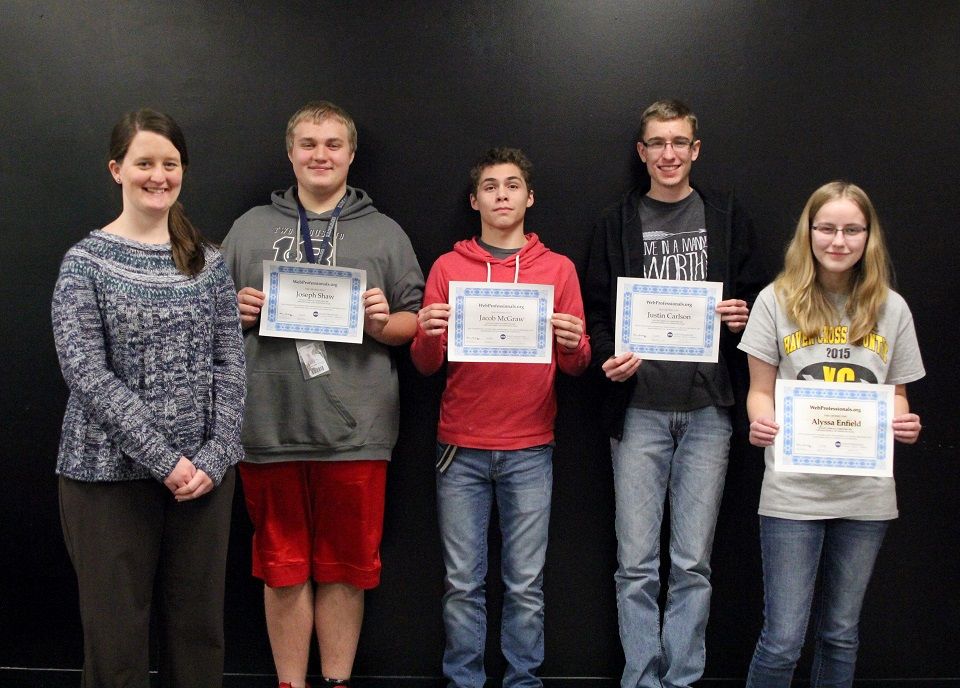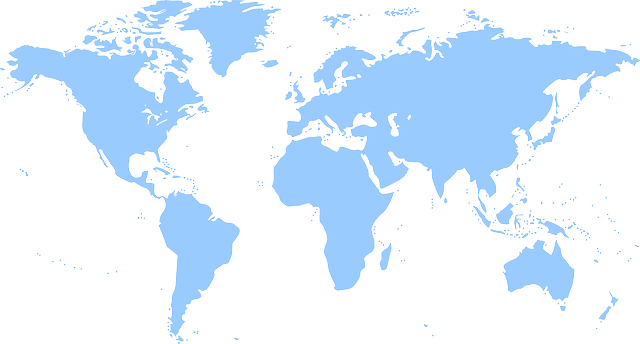Blog
How Will AI Impact Sustainable Landscape Design?
Landscape design and horticulture still offer bright future pathways for your students.

In an era where artificial intelligence (AI) is transforming industries from manufacturing to finance, concerns about job displacement loom large. Headlines often predict a future where robots and algorithms render human labor obsolete. However, in fields like horticulture, nursery operations, urban agriculture, and sustainable landscaping, the story is markedly different. These careers are deeply rooted in the organic, unpredictable world of nature, requiring a blend of physical dexterity, intuitive judgment, and human creativity that AI simply cannot replicate. Far from being threatened, professionals in these areas will continue to thrive, as the essence of their work demands irreplaceable human elements. This blog post explores why AI will not supplant jobs in these vital green sectors, emphasizing the enduring value of human expertise.
The Unique Demands of Horticulture
Horticulture, merging the science and creativity of plant cultivation, highlights AI's inadequacies as a total stand-in. At its core, horticulture involves hands-on precision tasks such as pruning, grafting, and soil amendment—activities that require tactile sensitivity and real-time adaptation to environmental variables. While AI-powered tools like automated irrigation systems, temperature control or drone-based monitoring can assist, they lack the nuanced touch needed to assess plant health by feel or sight in diverse conditions.
For instance, a horticulturist might notice subtle signs of nutrient deficiency or pest infestation that an algorithm, reliant on predefined data sets, could overlook due to variations in microclimates or unexpected weather events. Moreover, horticulture often intersects with research and cultivar development, where human innovation drives the development of new varieties. AI can analyze genetic data, but the creative spark to envision and experiment with hybrid plants remains a human domain. Jobs in this field, from greenhouse managers to field technicians, will persist because nature's complexity defies complete automation.
Why Nurseries Need Human Oversight
Similarly, nursery operations—where plants are propagated, grown, and prepared for sale—rely on human oversight that AI cannot fully emulate. Nurseries are dynamic environments where workers must respond to living organisms' needs, such as adjusting watering schedules based on humidity fluctuations or rescuing seedlings from sudden fungal outbreaks. Robotic arms might pot plants efficiently in controlled settings, but they struggle with the variability of outdoor nurseries or the delicate handling of rare species.
Customer interactions add another layer: nursery staff advise homeowners on plant selection tailored to specific yards, considering factors like soil pH, sunlight patterns, and aesthetic preferences. This personalized service builds trust and community, elements that AI chatbots or virtual assistants can simulate but not authentically replicate. As global demand for plants rises with urbanization, nursery careers will expand, not contract, ensuring roles for propagators, inventory managers, and sales specialists.
Urban Agriculture: Sustainability and Community at Its Core
Urban agriculture, integrating food production into cityscapes via rooftop gardens, vertical farms, compact high-yield systems, and community plots, further underscores AI's shortcomings as a comprehensive replacement. This field emphasizes sustainability and social equity, often involving community engagement and adaptive problem-solving in constrained spaces. Farmers and coordinators must navigate urban challenges like polluted soils or limited water access, making decisions informed by local knowledge and interpersonal skills.
AI can optimize layouts using data analytics, but it cannot foster the human connections that make urban ag successful—such as educating residents on composting or resolving neighborhood disputes over shared spaces. The physical labor of harvesting, weeding, and maintaining systems in unpredictable urban weather requires agility and endurance that current robotics cannot match at scale or affordably. Careers here, including urban farm managers and educators, will remain essential as cities prioritize food security and green spaces amid climate change.
Sustainable Landscaping: A Holistic Human Approach
Sustainable landscaping, focused on eco-friendly design and maintenance of outdoor areas, demands a holistic approach that integrates ecology, aesthetics, and functionality—areas where human judgment reigns supreme. Landscapers create spaces that enhance biodiversity, manage stormwater, and promote mental well-being, often customizing designs to cultural or historical contexts. While AI software can generate preliminary plans based on inputs like topography and plant databases, it lacks the artistic intuition to balance elements like color, texture, and flow in ways that resonate emotionally with clients.
On-site implementation involves manual labor such as planting native species or installing permeable pavements, tasks prone to unforeseen issues like wildlife interference or soil erosion. Professionals must also ensure compliance with evolving environmental regulations, drawing on ethical reasoning that algorithms cannot independently develop. As sustainability becomes a priority in development, jobs for designers, installers, and maintenance crews will endure, bolstered by the irreplaceable human touch.
Embracing AI as a Tool, Not a Threat
The intrinsic qualities of these fields—physical engagement, creative decision-making, and adaptive human insight—ensure that AI will not replace jobs in horticulture, nursery operations, urban agriculture, and sustainable landscaping. These careers are not mere routines but symbiotic relationships with the natural world, where empathy for living systems and responsiveness to chaos are paramount. Instead of fearing obsolescence, workers can embrace AI as a complementary force, preserving the human heart of green professions.
Looking ahead, AI will significantly enhance these careers in the near future by augmenting efficiency and innovation without usurping roles. In horticulture and nurseries, AI-driven predictive analytics will forecast pest outbreaks or optimize growth cycles using sensor data, allowing professionals to focus on high-value tasks like crop improvement and seed improvement. Urban agriculture will benefit from AI-powered apps that monitor soil health in real-time via IoT devices, enabling farmers to make data-informed decisions swiftly to maximize production and profitability. For sustainable landscaping, generative AI tools could simulate design iterations, incorporating climate projections to create resilient plans. Overall, AI will act as a supportive partner, reducing drudgery and amplifying human expertise to meet growing demands for green solutions in a changing world.
Wrapping It Up: Teaching
Are you looking for a curriculum to help support your students' learning in a Horticulture and Sustainable Landscape Design course? Then take a moment to learn more about our courseware. Landscape design and horticulture are a big business and a great STEM career option for students. This industry has always been a place for those who love nature, design, and working outdoors. We are excited to offer students brand-new features that will introduce them to this exciting career pathway.
Not sure if you want to teach this topic? Think about this. Horticulture is the science and art of the development, sustainable production, marketing, and use of high-value, intensively cultivated food and ornamental plants. According to the latest research, the horticulture market is expected to grow to reach $54.1 billion by 2030. The sustainable landscape design industry, which includes landscape maintenance, lawn care, pest management, irrigation and water management, arboreal services, hardscapes, and landscape design and construction for both residential and commercial properties, is currently valued at $153.5 billion and that number is only expected to grow.
Size of the combined Horticulture and Sustainable Landscape design industries compared to other well-known industries in the US:
US Horticulture and Sustainable Landscape Design and services = $207.6 billion
US Video Game (video games, hardware, and accessories) = $57.2 billion
US Recorded Music and Live Music $35.61 billion
US Mobile App market = $80.9 billion
Do you want to learn more, or are you looking for some help or resources for teaching the new reality of this career pathway? Check out
https://www.ctelearning.com/sustainable-landscape-design
Share To
Get in touch with us today!
You can book a demo directly using Calendly, call us directly at 913-764-4272 or 877-828-1216, or submit the form and we will reach out to you.
We look forward to helping you and your students.

Most Recent Posts




